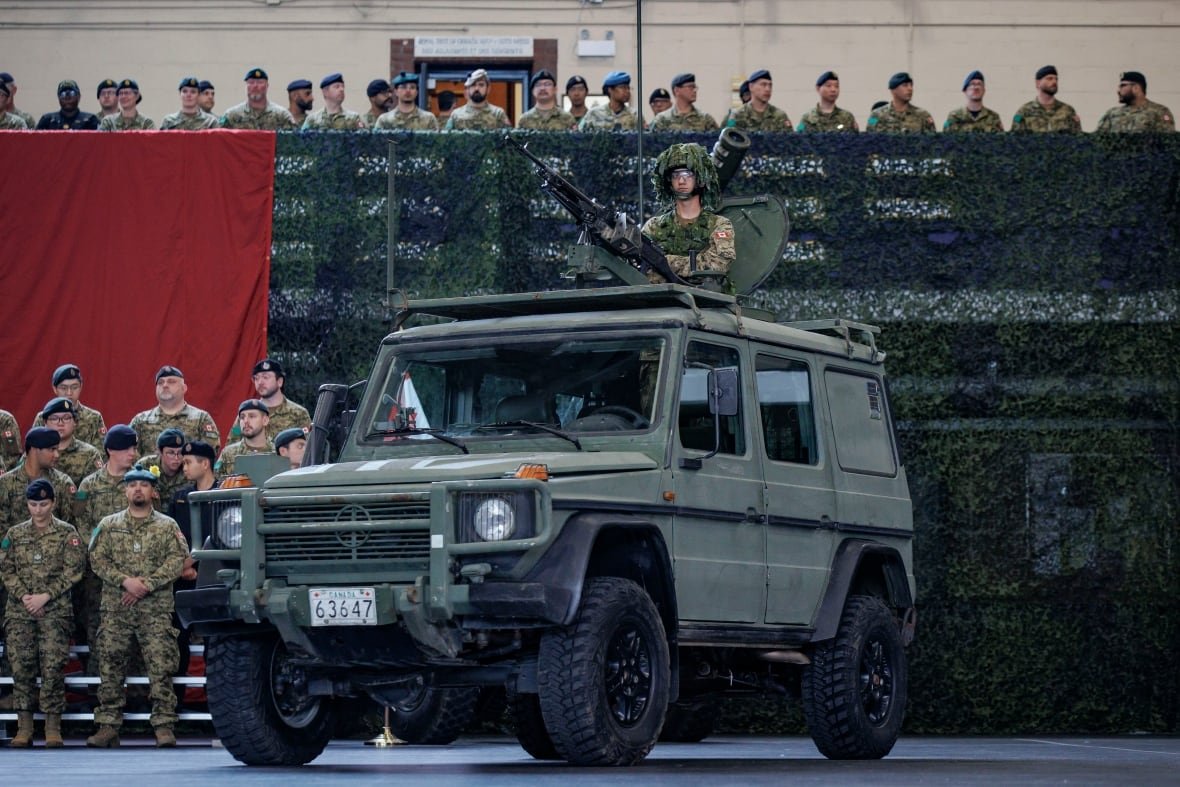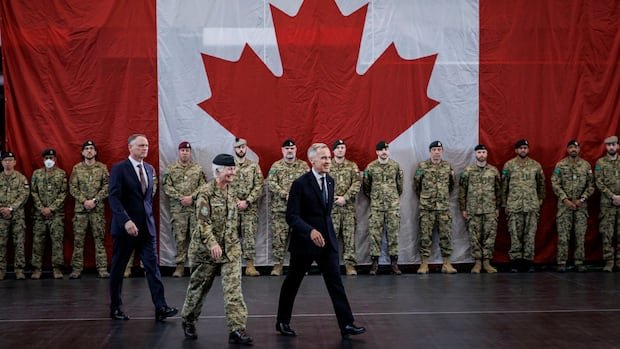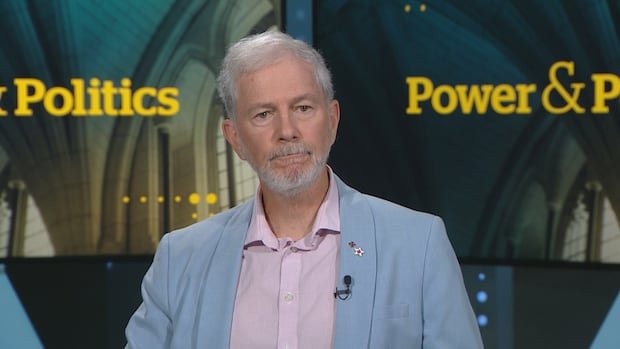An annual expenditure of $150 billion on defense is a significant amount by any standard. While it may not match the inflation-adjusted figures from the Second World War, it represents a substantial investment in defense for the current generation. Following the recent NATO summit in The Hague, Prime Minister Mark Carney’s government’s objectives for this substantial budget are becoming clearer.
The Liberal government has committed to promptly and effectively strengthening the Canadian military to address evolving threats. Prime Minister Carney emphasized the necessity of protecting Canadians and acknowledged the sacrifices made by the men and women of the Canadian Armed Forces due to inadequate compensation and outdated equipment. The government aims to rectify these deficiencies.
Former vice-chief of the defence staff Guy Thibault supports increased Canadian defense spending but highlights the importance of improving procurement and supporting Canadian Forces personnel as Prime Minister Mark Carney commits to meeting the new NATO spending target.
There is a longstanding tendency within federal institutions to view military procurement as a means of economic development. Despite this, the government has emphasized the urgency of the current situation by labeling it a “national emergency” and pushing for swift rearmament.
The recent partnership agreement between Canada and the European Union in the defense and security industry has been touted as a critical step towards achieving rearmament objectives. While this partnership offers economic opportunities for Canadian defense contractors, the immediate rearmament needs of the Canadian military may not be fully addressed through this arrangement.
Canada aims to balance both economic benefits and military preparedness, recognizing that both can coexist. However, the pressing need for military upgrades suggests that immediate action is required beyond long-term economic considerations.
European defense capabilities face challenges, and Canada must carefully assess its procurement strategies to meet the military’s urgent needs. While aligning with European partners is beneficial in the long run, it may not provide an immediate solution to Canada’s rearmament requirements.
Poland’s approach to swift rearmament following the Ukraine crisis serves as a lesson for Canada. By diversifying procurement sources and maintaining strategic relationships, Poland has navigated its rearmament effectively, a model that Canada may consider.

Canada faces a critical decision regarding its procurement of F-35 fighter jets, balancing political considerations with military needs. Prime Minister Carney’s discussions with European partners signal a potential shift in procurement strategies.
Speed vs. shift
Prime Minister Carney advocates for reducing Canada’s reliance on the U.S. economically and militarily. However, the feasibility of this shift, especially in the context of rapid rearmament and Europe’s defense industry’s challenges, remains uncertain.
Utilizing mechanisms such as the National Security Exception and Urgent Operational Requirement can expedite essential equipment acquisitions


